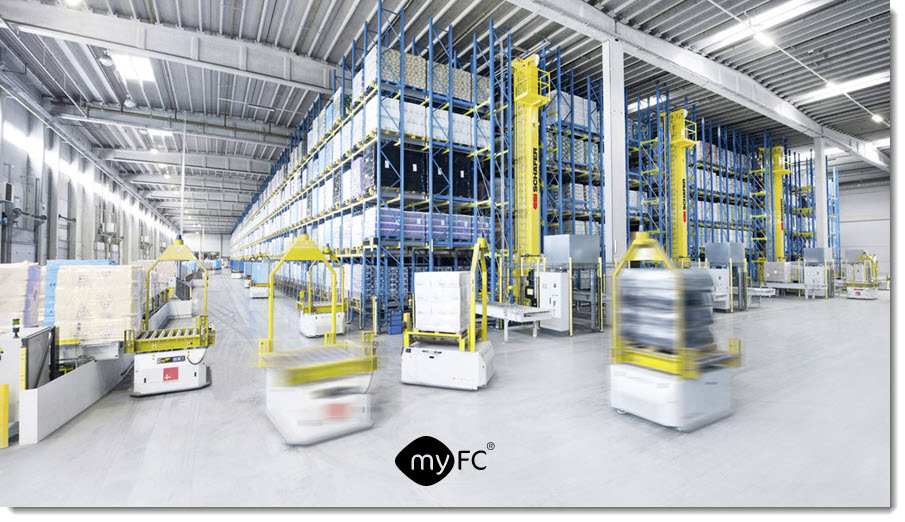
“myFC is targeting a rapidly growing billion-dollar market” – Tim Hannig, senior Business Advisor at myFC
According to Tim Hannig, Senior Business Advisor to the board of management of myFC, with a background in Kion group, Jaguar Land Rover, and other OEM companies, myFC is taking important steps to future business agreements with a leading OEM that develops automatic warehouse robots.
– Intralogistics is an exciting and commercially significant segment where myFC’s technology also provides crucial benefits. myFC is entering a rapidly growing market with a strong market drive, he says.
Intralogistics appears to be an expansive business area; can you tell us more?
– One reason for the rapid development is the online trading, which requires extremely fast inventory management. Not least, it has been noticed during the pandemic year, when shopping has seriously moved away from physical shops to computers and cellphones.
What effect has Industry 4.0 and the general automation had on intralogistics?
– It is an area where automation and industry 4.0 have had a strong impact. A modern warehouse for typical e-commerce goods, such as clothing, consumer electronics, medicine and more, is running around the clock, every day of the year. There is talk today of “dark warehouses”, where the machines work alone, and no lights are needed. Due to the globalization this market has been growing since decades. Recent e-commerce developments and demands of direct fulfillment from the end customers who shop online has further accelerated this.
What makes micro fuel cell technology a good fit for the segment?
– The trends in intralogistics lead to smaller and lighter loads. These smaller and lighter loads require an increasing amount of highly efficient and highly automated industrial trucks and robots. They require relatively low power levels, combined with extremely challenging packaging. Using fuel cell-technology in these trucks and robots lead to very short fueling times which increases the autonomy and therefore reduces the overall fleet size, and ultimately the total cost of operation. At the same time the carbon footprint will be reduced with a minimum of 80 percent.
What other benefits can you see?
– The reduced fleet sizes, and the reduced need for charging infrastructure frees up space, increase logistic operations efficiency and decreases the complexity of necessary infrastructure charging investments.
What market potentials for myFC do you see with the business agreement?
– myFC is targeting to demonstrate and prove the above-mentioned advantages in a pilot application in a warehouse of an actual customer. Therefore, this will open opportunities for a roll out of the technology with the existing customer, and an opportunity to demonstrate the technology further.
With your background as a business strategist for leading OEMs, which are their strongest USPs?
– In my point of view, myFC’s planar and low-pressure micro fuel cell technology is an unparalleled technological fit for the above-described challenges. Additionally, their fuel cells have been developed to a high maturity level and are very resilient to shocks and vibrations, which are significant requirements in intralogistics.
How can you contribute to myFC’s progress into this business area?
– With my background I am supplying myFC with knowledge and experience into intralogistics, which is the industry where the deployment of hydrogen fuel cell power solutions is furthest advanced.
How much would you estimate that the overall intralogistics market is worth?
– That is difficult to estimate. But the mobile machinery alone in that market represents more than 50 billion US dollars per year.
What are myFC’s potentials at this market?
– myFC’s exact position and potential will need to be determined in near future. However, since the power modules amount for an equivalent of about 30–40 percent of the total revenue over lifetime, it will be significant.
Read the most up to date Fuel Cell and Hydrogen Industry news at FuelCellsWorks




